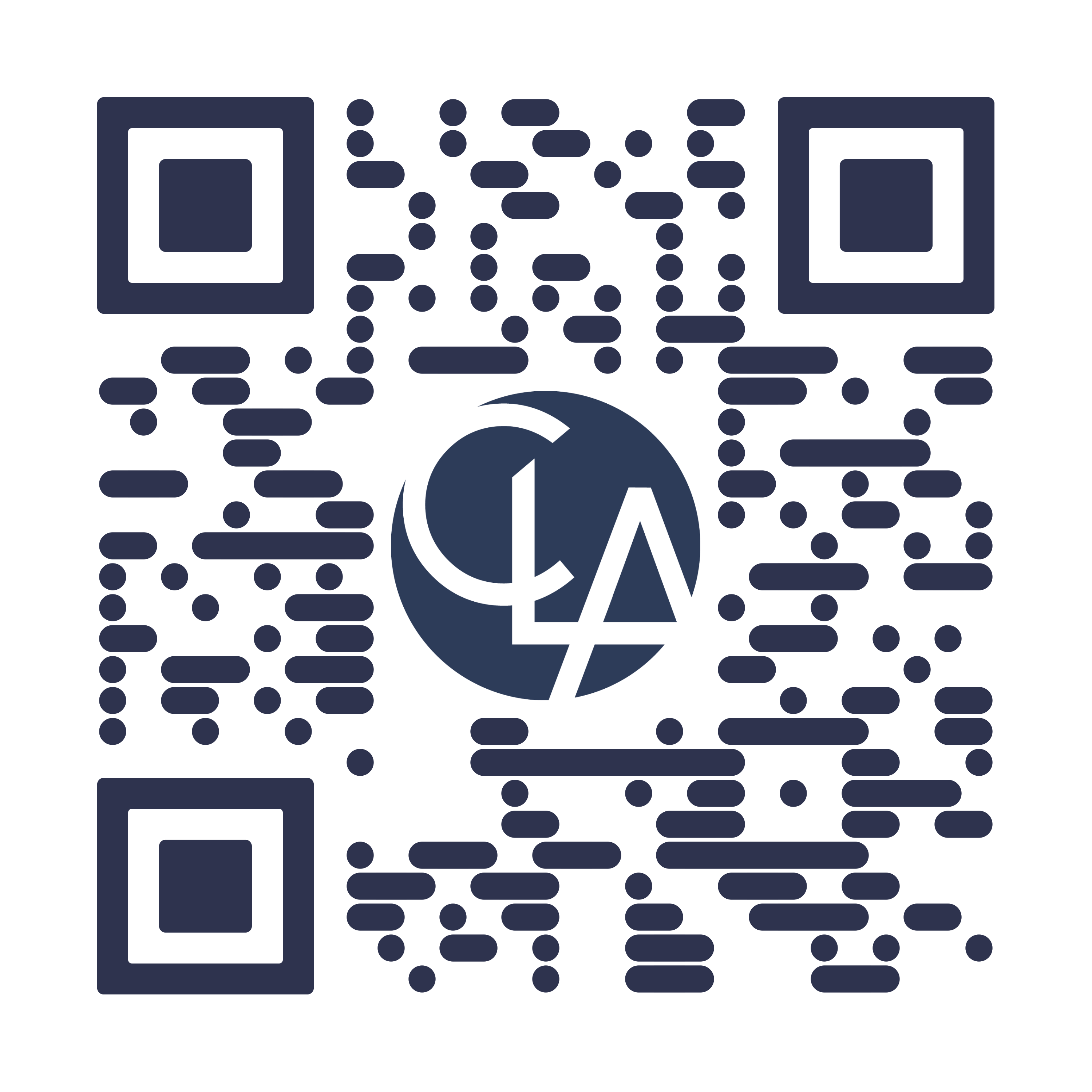Key insights
State and local governments are prime targets for cybercriminals due to their critical role and perceived willingness to pay to restore operations quickly.
Cybersecurity strategies for government include implementing strong password policies, adopting multi-factor authorization, and developing an incident response plan.
Investing in employee training and conducting regular security assessments are key strategies to mitigate risks from cybersecurity attacks.
State and local governments are prime targets for cybercriminals — and with increasing reliance on digital infrastructure, the stakes have never been higher.
Cyberattacks can disrupt essential services, compromise sensitive information, and erode public trust. To mitigate risks, state and local governments should adopt comprehensive cybersecurity strategies.
Understanding the cybersecurity threat landscape in government
State and local governments face a variety of cyber threats, from ransomware to phishing attacks. Ransomware is especially prevalent. This type of attack involves malware that encrypts data, rendering it inaccessible until a ransom is paid. Recent incidents have shown cybercriminals often target government agencies due to their critical role and perceived willingness to pay to restore operations quickly.
Phishing is another significant threat. These attacks often involve fraudulent emails designed to trick recipients into divulging sensitive information, such as login credentials or financial details. The consequences of a successful phishing attack can be severe, leading to unauthorized access to systems and data breaches.
6 cybersecurity strategies for government
1. Implement strong password policies
Passwords are the first line of defense against unauthorized access. Governments should require long, complex passwords and avoid common phrases or easily guessable information. Using password managers can help employees maintain secure and unique passwords for each account.
2. Adopt multi-factor authentication (MFA)
MFA adds an additional layer of security by requiring two or more verification methods to access systems. This could include something the user knows (a password), something the user has (a security token), or something the user is (biometric verification). Implement MFA for all remote access points, email accounts, and critical applications.
3. Conduct regular security assessments
Periodic security assessments help identify vulnerabilities. This includes penetration testing, which simulates cyberattacks to uncover weaknesses, and vulnerability assessments to detect and mitigate potential threats. Regular audits test if security measures are effective.
4. Develop an incident response plan
Having a robust incident response plan can help reduce the impact of cyberattacks. This plan should outline steps for identifying, containing, eradicating, and recovering from an attack. It should also include communication protocols for notifying stakeholders and the public if necessary.
5. Comply with industry standards
Using established cybersecurity frameworks, such as the National Institute of Standards and Technology Cybersecurity Framework (NIST CSF) and the Center for Internet Security (CIS) Critical Security Controls, provides a strong foundation for cybersecurity practices. These frameworks offer guidelines and strategies to protect critical infrastructure.
6. Invest in employee training
Human error remains one of the biggest vulnerabilities in cybersecurity. Regular training programs can educate employees how to recognize and help avoid the latest threats. This includes phishing awareness training, which can significantly reduce the risk of falling victim to fraudulent emails.
A local government cybersecurity attack: lessons learned
A recent case involving a ransomware attack on a local government highlights the importance of proactive cybersecurity measures. The attackers exploited weak password policies and a lack of multi-factor authentication to gain system access. Once inside, they encrypted critical data and demanded a ransom to restore access.
The affected government entity had to allocate substantial resources to recover from the attack, including paying the ransom and investing in forensic analysis to understand the breach. This incident underscores the need for strong preventive measures, such as regular security assessments and robust incident response planning.
How governments can prepare for cyberattacks
State and local governments should recognize cybersecurity is not a one-time investment but an ongoing process. As cyber threats evolve, so must the strategies to combat them. By implementing comprehensive security measures, adhering to industry standards, and fostering a culture of cybersecurity awareness, governments can better protect their digital assets and the continuity of essential services.
Connect

Mitch Thompson
Digital Growth Director







